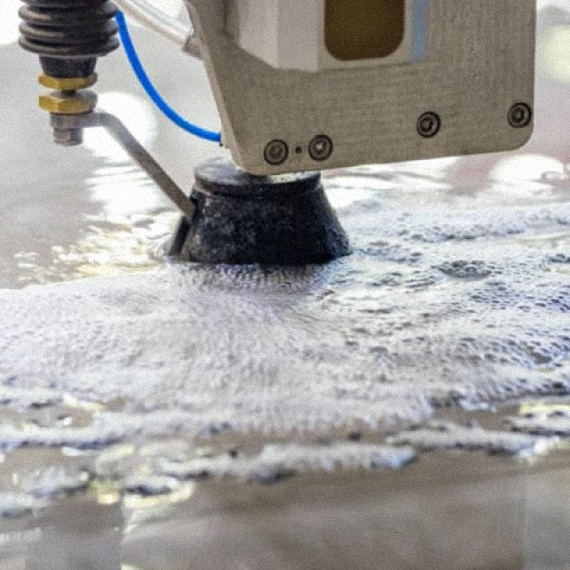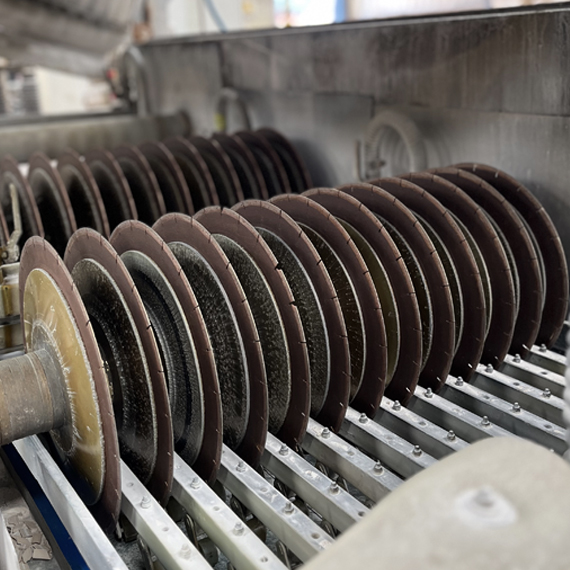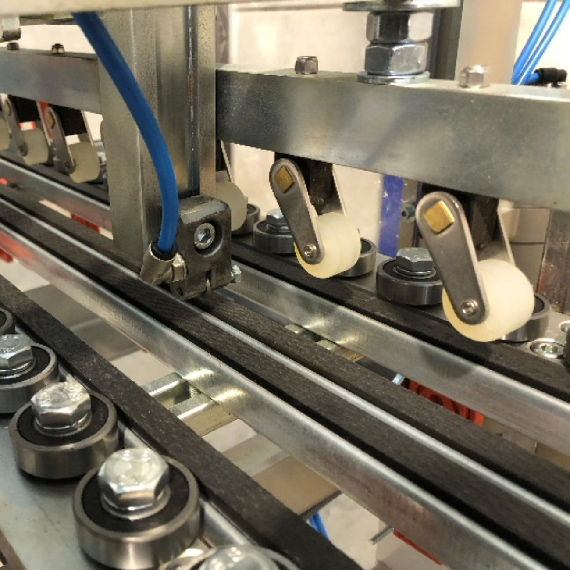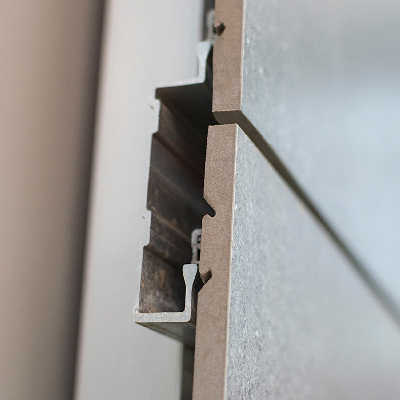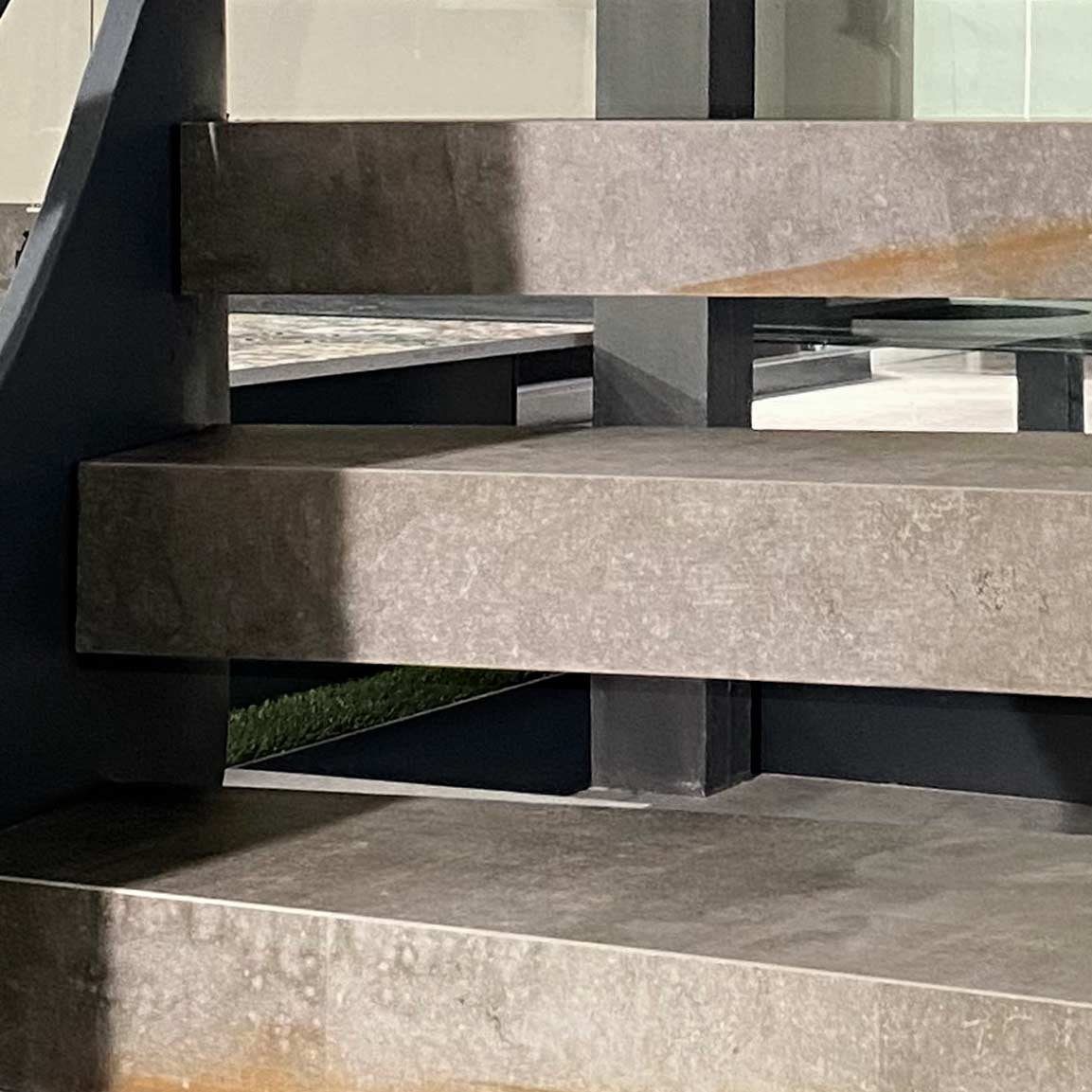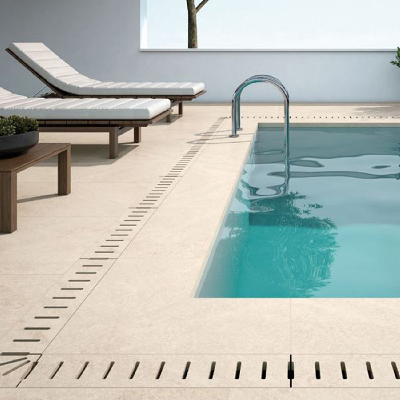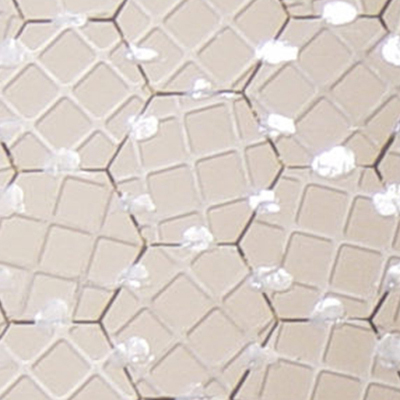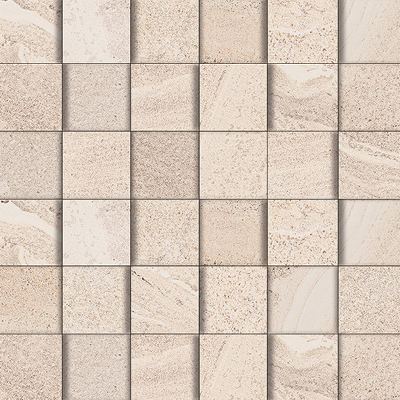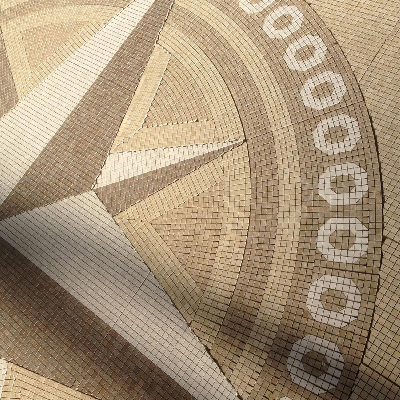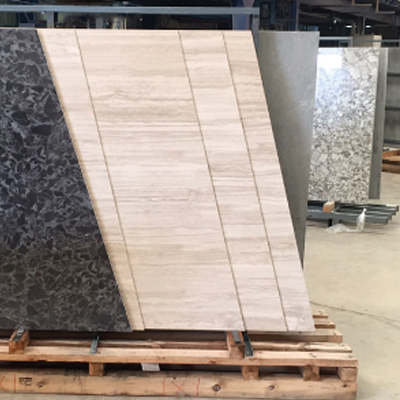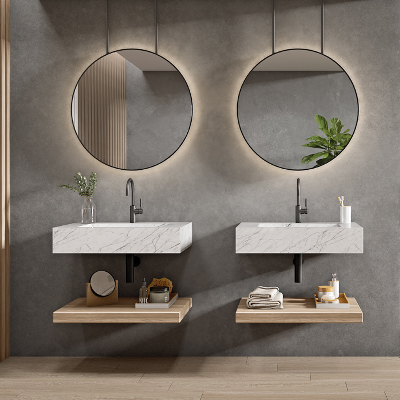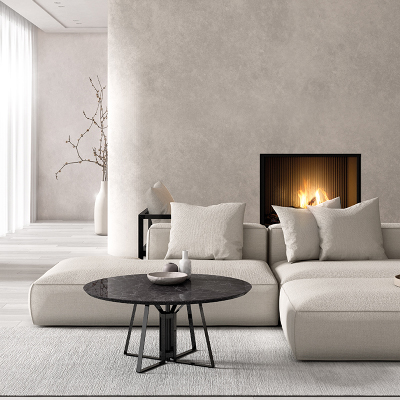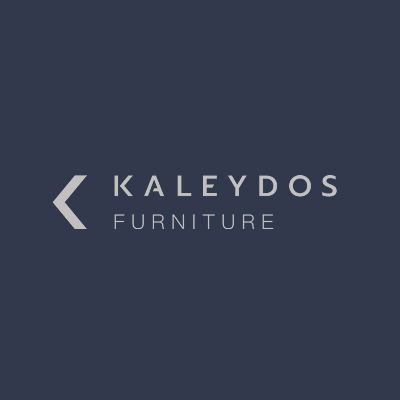Consultation and initial meeting
We meet with the client to discuss their needs, budget, and timescales. Visits can also be scheduled to learn more about the project to be carried out.
Design creation
Based on the client's requirements, we create a conceptual design that outlines the overall vision of the project. It may include sketches, 3D models, or computer-generated representations. We can also adapt the design provided by the client.
Development and production
Once the project is approved, our design department starts to develop detailed drawings and plans. This involves collaboration with the technical production department to ensure that the design is feasible.
Final delivery
We use the latest technologies in the cutting, handling, and assembly of any type of material required for the execution of the project. When the work is completed, we deliver the material and all the technical information necessary for on-site installation and final assembly.
CUTTING TECHNIQUES
Multidisc
Circular saw technology allows us to create unique pieces with a great variety of shapes.
This type of cutting is mainly applied to designs with rectilinear applications.
Its maximum efficiency in applying the finishing allows us to do the highest quality work with this system using glazed ceramics, marble, and stone; we can also use it to work on their accessories in metal and glass.
Dry cut
Our dry cutting tables use 3 numerically controlled axes and allow us to cut by breaking, in either straight or curved lines, even large materials up to 2000 x 4000 mm.
Waterjet cut
Waterjet cutting is characterised by cold cutting and erosion, producing an excellent edge quality of the cut materials without modifying their internal structure.
Waterjet cutting is done with numerically controlled machines equipped with a high-pressure pump. A 1-mm-diameter jet of water, mixed with an abrasive agent, usually very fine-grained garnet, and reaching a pressure of 4000 bar, can cut almost all materials such as ceramics, stones, metals, etc. with extreme precision.
The numerical control allows for straight and curved cuts to be made; with these machines, it is possible to cut very complex designs with maximum precision.
The possibilities of this technique are endless, as it can be used to cut all types of materials regardless of their thickness. Thanks to the waterjet cutting technique, at Kaleydos Design, we optimise the cutting space for maximum material utilisation with minimum waste.
MACHINING TECHNIQUES
Our advanced straight and curvilinear cutting techniques allow us to create unique pieces, such as grids and latticework, that can be applied to innovative construction processes such as ventilation grates for ventilated façades. In addition, these pieces can allow us to develop applications such as decorative lattices that not only lend creativity to buildings, but can also contribute to generating air currents in the buildings’ air conditioning systems.
Mounting systems for ventilated façades
The anchors used to mount the porcelain tiles to the structure are not visible from the outside. For this purpose, Kaleydos machines the back of the porcelain pieces with undercut holes where the suspension hooks, made of extruded aluminium, are mounted to KEIL anchors.
The panels are machined with punctured incisions on their edges. This system does not require horizontal profiles. These grooves are manufactured on an industrial machine under the highest levels of safety control to ensure that both the depth and width of the grooves meet the standards.
The L.G.O. System is a mixed (mechanical and chemical) hidden longitudinal mounting system that works by means of the compression exerted by the system on the back of the plate. Two pairs of grooves on the back of the plate allow for the insertion of aluminium profiles which, when fastened with stainless steel screws, form a solid whole.
In this mixed hidden mounting system (mechanical and chemical), the pieces are placed obliquely, resulting in a scale-shaped façade, which offers a totally innovative finish compared to traditional systems. A pair of longitudinal grooves on the upper and lower back of the plate and a state-of-the-art MS elastomer adhesive allow for the attachment of the hanging and locking profiles, which are hung on a horizontal structure.
Multi-format mitres
Swimming pool border finishes
ASSEMBLY TECHNIQUES
TRATTO PLAST technology
Advanced assembly system. We have set up an automated facility for assembling mosaics using the plastic treatment technique. This technique has many advantages over those traditionally used:
a) Perfectly flat surface. Materials of different thicknesses or with very pronounced ribs are glued in such a way that they lie perfectly flat on the visible side.
b) Maximum gripping surface. This technique allows the back of the mosaic to be left almost completely uncovered (90-98% of the surface) with the advantage of achieving the maximum gripping capacity of the mosaic to the wall.
c) Stability in the presence of water or moisture. Even if the material comes into contact with water or moisture during storage or transport, the product retains the same initial characteristics. This system is essential if you want to use mosaic tiles for swimming pools or exterior façades.
d) Ease of fitting. As the product is perfectly flat and the tiles are stably pre-spaced, there is no vertical slippage nor any misalignment between tiles when mounting the piece. This means that its mounting performance is at least double that of traditional systems and has a significantly higher final quality.
3D technology
At Kaleydos, we add dimension to ceramic pieces. The technique involves assembling the cut pieces to obtain different volumes, or using bases of different thicknesses and/or finishes so that the pieces take on impossible shapes. Any place can become unique just by bringing the essence of creativity to it. Anywhere—from a house, a façade, a large surface, or a high-traffic commercial establishment—can become unique with the 3D technique. Kaleydos Design is the only company that is qualified and authorised to manufacture in Spain, as the designs of these three-dimensional models are protected and registered in Europe and the USA, which guarantees their originality, uniqueness, and exclusivity.
Predefined decorative mosaic assemblies
This technique also allows us to generate large-format designs. This is achieved by positioning differently coloured mosaic tesserae so that, once laid out according to plans, the different mosaics form the desired design.
TECHNIQUES FOR HANDLING LARGE-FORMAT PIECES
Straight and curved cut
Our company is prepared for handling and manipulating large-format materials, thanks to the most modern cranes available on the market today.


